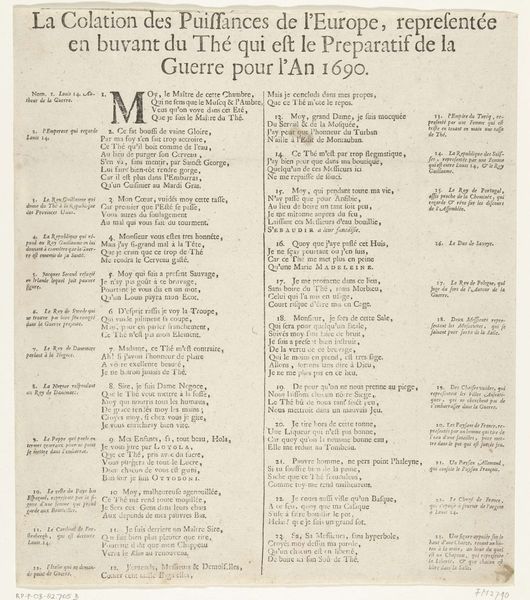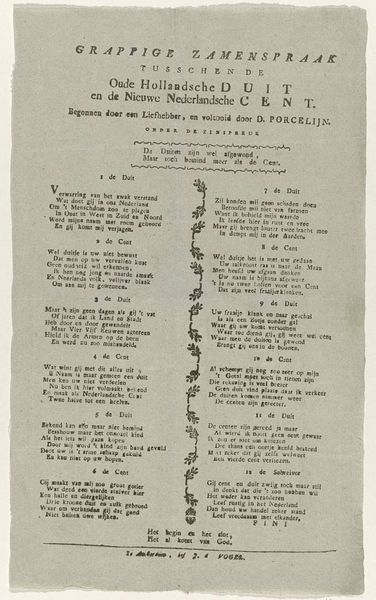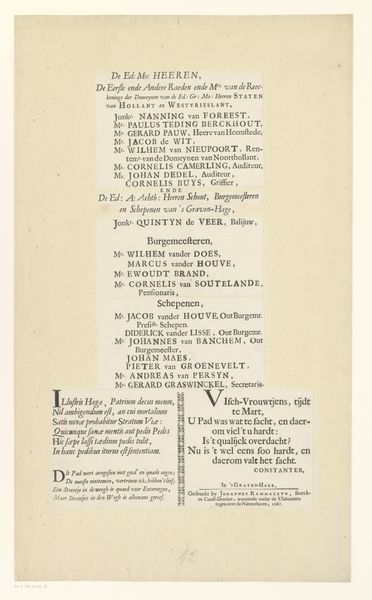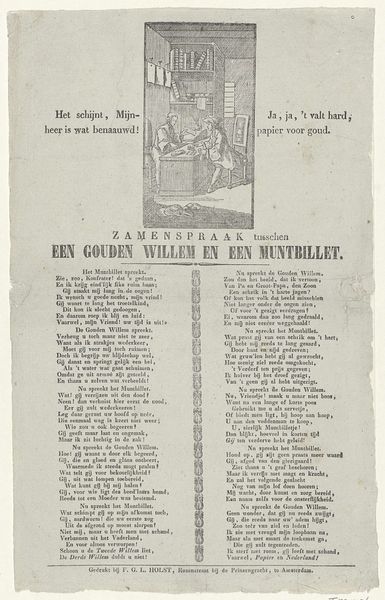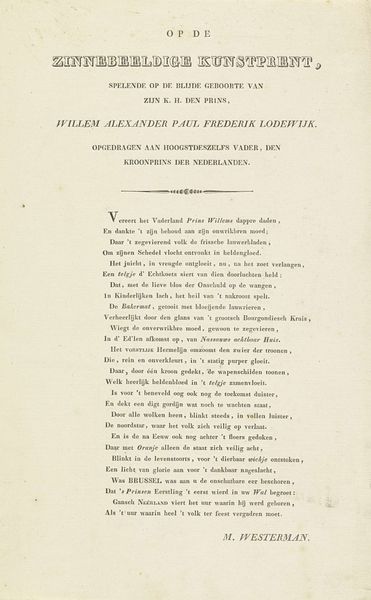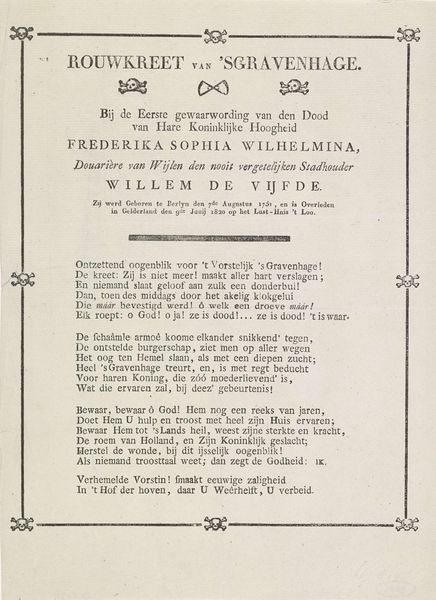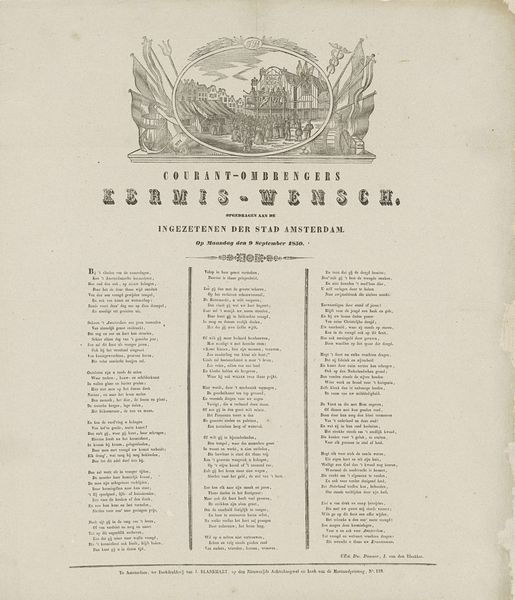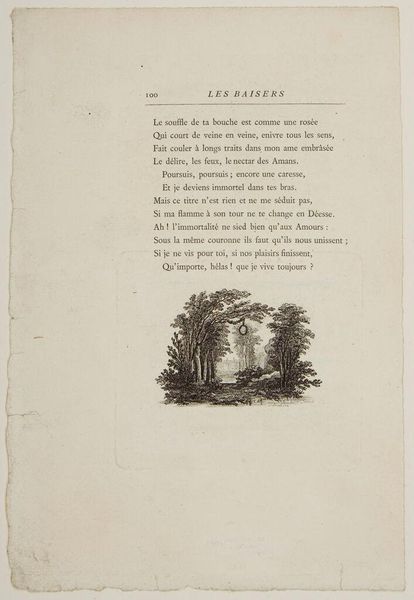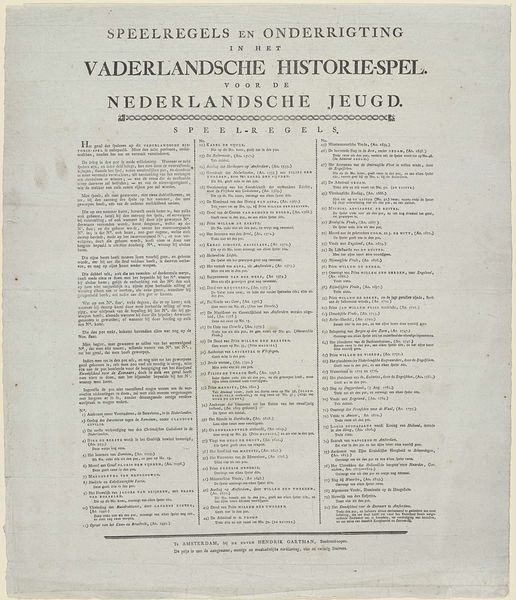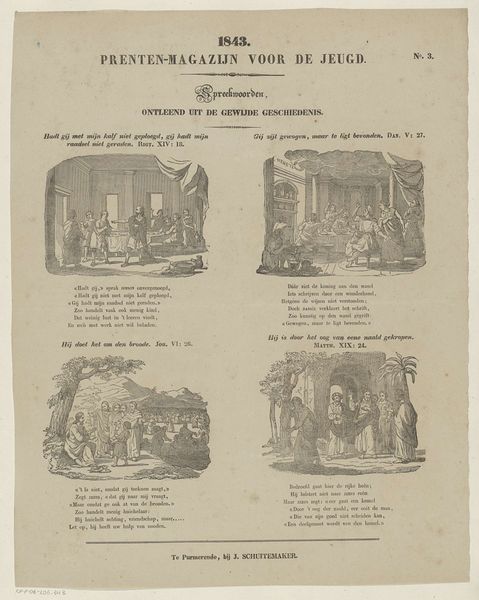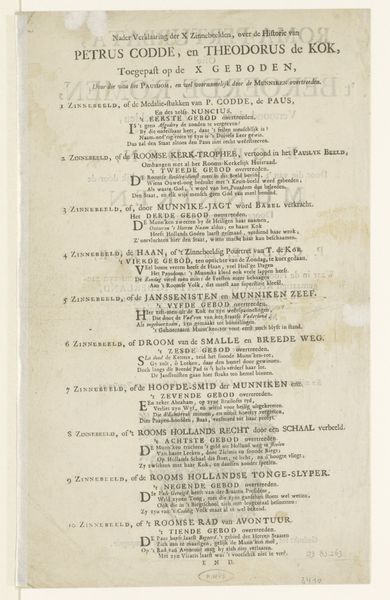
graphic-art, print, engraving
#
graphic-art
#
narrative-art
# print
#
folk-art
#
cityscape
#
history-painting
#
engraving
Dimensions: height 550 mm, width 215 mm
Copyright: Rijks Museum: Open Domain
Editor: So, this is "Nieuwjaarswens op het einde van het jaar 1866," a print by Johan Michael Schmidt Crans from 1867. It looks like an engraving with a scene above a block of text, perhaps a song or poem. The imagery is dominated by a street sweeper. It gives off a very bleak, workaday mood. How do you interpret this work through a historical lens? Curator: Well, let’s consider the context. The piece is titled “New Year’s Wish at the end of 1866,” made in 1867. What societal changes or concerns might be reflected in the choice of imagery—a common street sweeper—at such a pivotal moment as the start of a new year? What's interesting here is the democratization of imagery. Broadside prints were a vital way to communicate in the 19th century. Editor: It’s interesting that you mention broadsides and communication, this does look like a way to make art more accessible to the population and less to the elite. What can this choice of such a subject for the elite suggest? Curator: It could represent a burgeoning sense of social awareness, even unease, amongst the elite. Perhaps there was growing support or simply acknowledgement towards the common folk as crucial in the developing industrialising society, and as deserving of a 'New Year's Wish.' Editor: That makes me consider the positioning of the street sweeper in the print – he’s the most visually prominent element, centered almost like a classical hero in history painting. Curator: Exactly. It's a fascinating contradiction. Is Crans elevating this common figure or simply using him to portray a broader commentary on the state of affairs? Consider where this would have been displayed. The imagery acts as social commentary distributed broadly, and probably cheaply. Editor: So the 'wish' itself is less about celebration, and more about public reflection, making the viewer confront society, instead? That tension is really interesting. Curator: Precisely. And it reveals the power of art not just to decorate, but to participate in a dialogue about who we are and what kind of society we aspire to build.
Comments
No comments
Be the first to comment and join the conversation on the ultimate creative platform.
